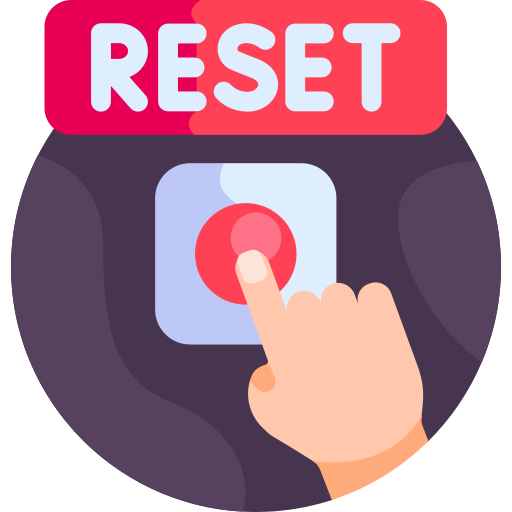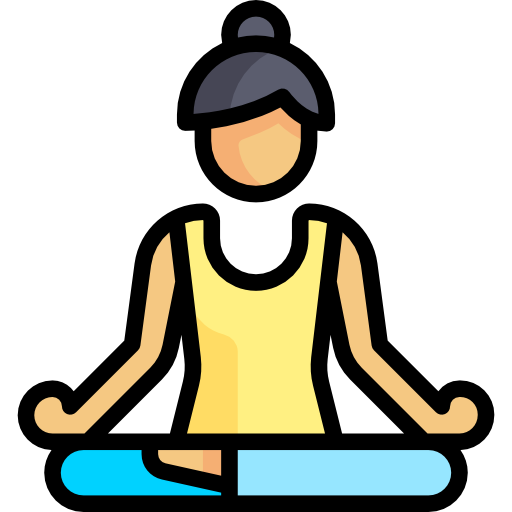
This logo isn't an ad or affiliate link. It's an organization that shares in our mission, and empowered the authors to share their insights in Byte form.
Rumie vets Bytes for compliance with our
Standards.
The organization is responsible for the completeness and reliability of the content.
Learn more
about how Rumie works with partners.
Life can be pretty overwhelming sometimes.
With all of our social interactions, demands from school/work, and other daily challenges, it's easy to feel exhausted and experience sensory overload. That's why it's essential to take care of ourselves and get the rest we need.
One type of rest that often goes unnoticed but is incredibly important is sensory rest. Sensory rest is an essential way to manage the effects of sensory overload.
What is Sensory Overload?
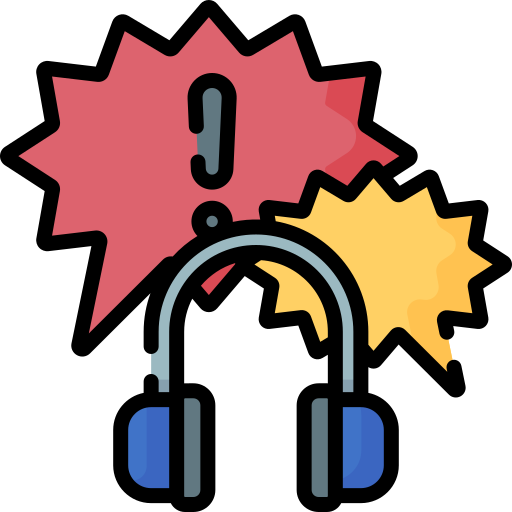
Triggers of sensory overload:
Loud noises, like fire alarms or honking horns
Bright/flickering lights, such as strobe or fluorescent lights
Crowded places, like malls or concerts
Multiple loud conversations occurring in the same space at the same time
Too much screen time

Symptoms of sensory overload:
Agitation or irritability
Feelings of anxiety or being overwhelmed
Physical discomfort (e.g., headaches, nausea, dizziness, or even pain)
Heightened sensitivity (i.e., even normal sounds, lights, or textures feel intense or bothersome)
Sensory Rest Can Help

Why is it important?

Our modern lives are filled with constant sensory input. From the moment we wake up to the time we go to bed, we're bombarded with sights, sounds, and screens. This continuous stimulation can lead to stress, anxiety, and fatigue.
It's crucial to let our brains unwind and recharge to stay healthy and focused.
How to Get Sensory Rest

Find quiet time: Set aside some time each day to be in a quiet, peaceful place. It could be your room, a cozy corner, or a nearby park. Just let yourself relax and enjoy the silence.
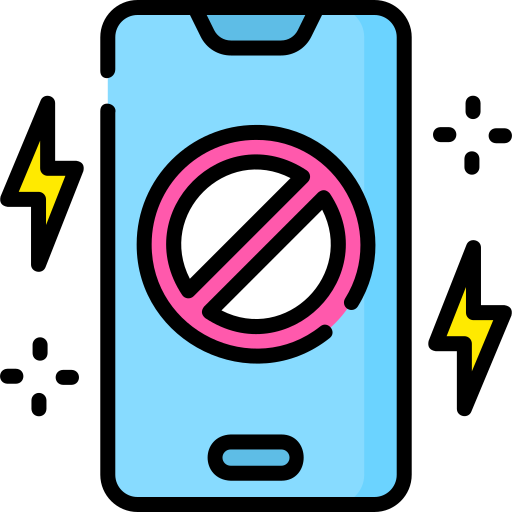
Limit screen time: We all love our smartphones and other devices, but they can be overwhelming. Try to limit your screen time, especially before bedtime, as the blue light can disrupt your sleep.
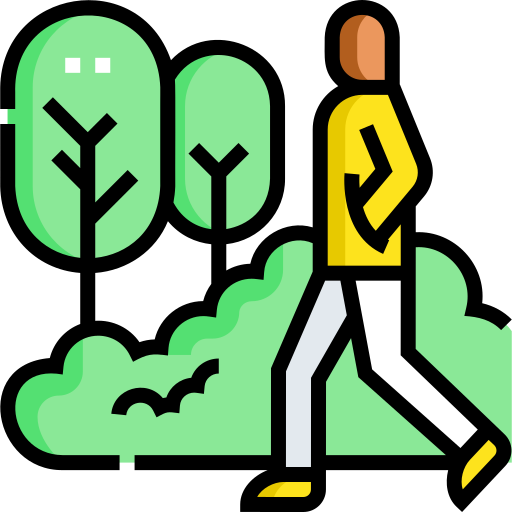
Take nature walks: Spending time in nature can do wonders for your well-being. Go for a walk or sit under a tree, and let nature's calming effect soothe your senses.

Use earplugs or eye masks: If you're in a noisy environment or have trouble sleeping, consider using earplugs or eye masks to create a more soothing atmosphere.
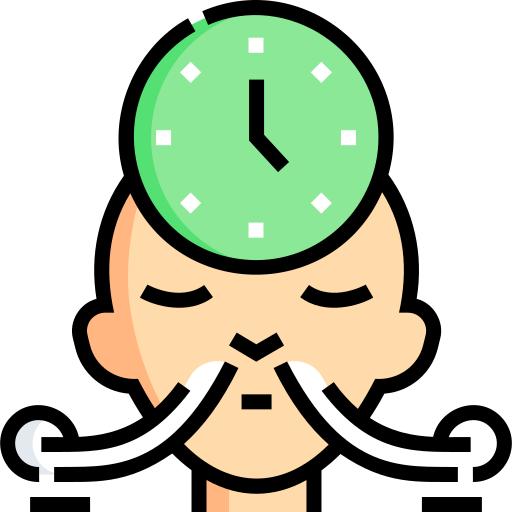
Practice mindful breathing: Deep, mindful breathing can help you refocus and find calmness. Try inhaling slowly for 4 counts, holding for 4 counts, and exhaling for 4 counts.
Practice meditation or yoga: Both meditation and yoga are fantastic ways to give your mind and body sensory rest. They help you focus inward and block out external distractions.
Quiz
Emma, a 17-year-old student, has been feeling overstimulated due to long hours of schoolwork on the computer, extracurricular activities, and social commitments. What can Emma do to get sensory rest and unwind after a long day of school and activities?
Taking a nature walk in a nearby park will help Emma get sensory rest by providing her with a calming environment away from the hustle and bustle of school and crowded places. Nature's soothing effect can reduce stress and feelings of being overwhelmed, giving her brain a much-needed break from constant stimuli. The other options involve activities that may contribute to sensory overload rather than rest.
Did you know?
A treatment known as sensory deprivation tank therapy has also been associated with positive health benefits in the treatment of stress-related symptoms. This type of therapy involves floating in shallow saltwater inside a dark, soundproof tank for an extended period.
Benefits of Sensory Rest
Getting sensory rest has incredible benefits for your overall well-being:
Reduced stress: Sensory rest helps lower stress levels, making you feel calmer and more in control.
Improved concentration: Giving your brain a break enhances your focus and concentration when you need it.
Better sleep: Resting your senses before bedtime improves the quality of your sleep, so you wake up refreshed.
Enhanced creativity: With a rested mind, you'll find it easier to think creatively and come up with new ideas.

Take Action

In our fast-paced world, finding ways to recharge is essential. So, remember to unplug, unwind, and enjoy the calming benefits of sensory rest. Try the suggestions below to get yourself started!
This Byte has been authored by
Sean Ogle
Instructional Designer & Educator | Squad Lead
M.T.


